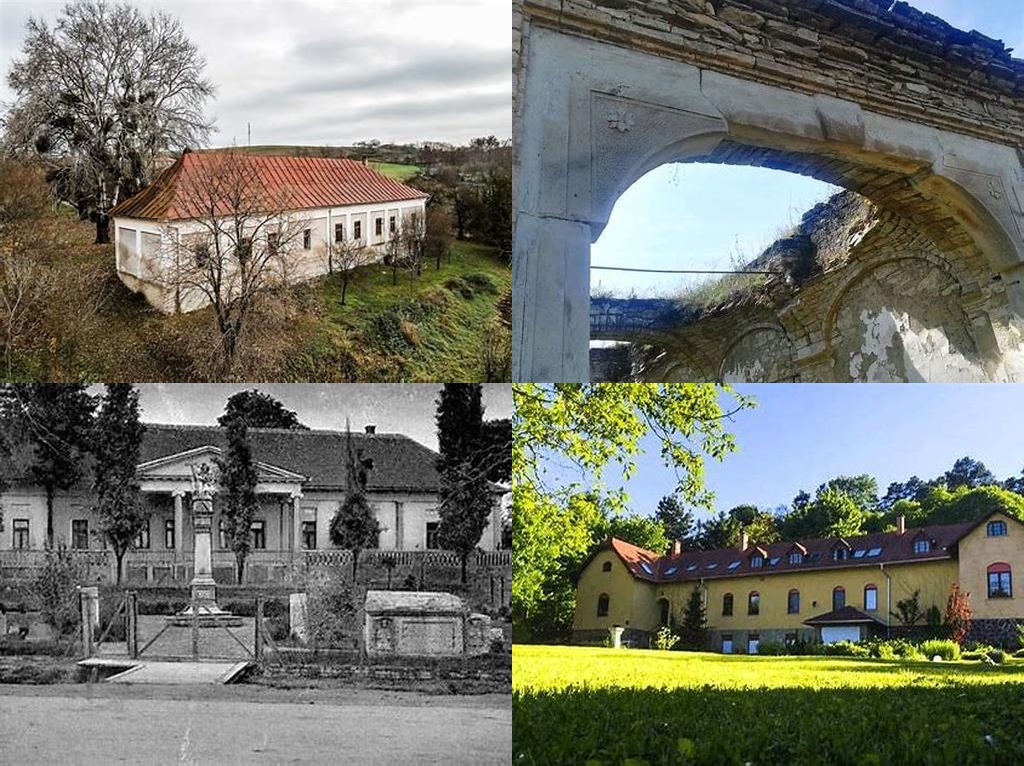
Bónis-kúria might not be the most famous name that leaps out from travel pages about Hungary, but that’s a thing to appreciate. Hidden away in the village of Olaszliszka, this historic mansion offers an unexpected and quietly inspiring trip into the heart of the Zemplén Hills, far off the busy trails usually recommended to curious wanderers. As you leave behind the Tokaj vineyards and wind your way into this tranquil corner, something about the air even seems a little more patient—inviting you to take the time to really see, not just pass through. If you’ve ever wanted to step, just for a brief while, into a world that still remembers the rhythms of old aristocratic Hungary, this is your place.
It wasn’t always a tranquil destination, of course. Bónis-kúria stands as a testament to centuries of history, layered stone atop stone with stories both grand and quietly personal. The mansion was built in the early 19th century, around 1830, for the distinguished Bónis family, lesser nobility who made their home here among vineyards and rolling fields. Their roots in the region run deep: old records from as early as the 18th century mention the Bónises—ambitious vineyard owners, jurists, and participants in local politics. While you wander the building today, it doesn’t require too big of a leap imagination to picture lavish gatherings or hushed conversations in dark-paneled halls, the mood set by slow-burning candlelight and the aroma of freshly opened wine casks.
You notice right away that this isn’t one of those frozen-in-time, velvet-rope sort of places. True, the baroque and classicist architecture remain elegant, but there’s a familiarity in the lived-in imperfections: the patched-up facades, the weathering on the stone, the blend of original and renovated interiors. The mansion has changed hands, suffered during wars, faced unkind decades of abandonment and utilitarian uses—at one point, it even functioned as a school and later a medical clinic. Each phase, somehow, clings to the very walls, making it a living monument instead of a mere museum piece behind glass.
The setting is equally evocative. Standing under the ancient trees of the manor park, glancing across the garden carved out centuries ago, one can easily imagine the gentle commotion of estate life—children’s games, harvest celebrations, maybe even the discrete dealings of notables from neighboring villages. The surrounding area of Olaszliszka has long been essential to the story: in the 19th century, it was a vibrant town, renowned for wine and as an important Jewish center—there’s a poignant historical marker here too, as the community once thrived before the tragedies of the 20th century left their mark. Today, the small town exudes a kind of quiet resilience: old stone wine cellars, winding streets, the slow pulse of a village that has seen so much and survived.
Back inside Bónis-kúria, exhibitions recount the tale of the mansion and its inhabitants. Name after name lights up out of the past—like Móric Bónis, who played a part in the Hungarian revolution of 1848, or successive generations who worked to preserve the estate through turbulent times. Family portraits peer thoughtfully down from their modest frames, while faded documents, even an old key or two, hint at the everyday intimacy of a place like this. There’s a rewarding complexity to these stories: ambition, tragedy, resilience, and the quiet pride of stewardship.
Today, restoration efforts are ongoing. Local groups and families have pitched in to keep the mansion accessible. If you’re here in the right season, you might find art exhibitions or small musical gatherings happening in the echoing halls. Sometimes, the walls are filled not so much with grand speeches, but with laughter, shared meals, and the warmth of travelers and locals meeting for the first time—a new page in the storybook that is Bónis-kúria.
A trip here isn’t a checklist item or a glitzy spectacle. Instead, it offers something quietly precious: a sense of continuity, an invitation to listen closer to the stones, the wild tang of the grape vines, the stories that have only grown more interesting with age. It’s an appeal not just to see, but to sense, to imagine yourself into the tapestry of lives that have loved and cared for this place. And when you leave Olaszliszka, you might realize you’re carrying a little of that memory with you—a memento far subtler and richer than anything you could buy in a gift shop.





